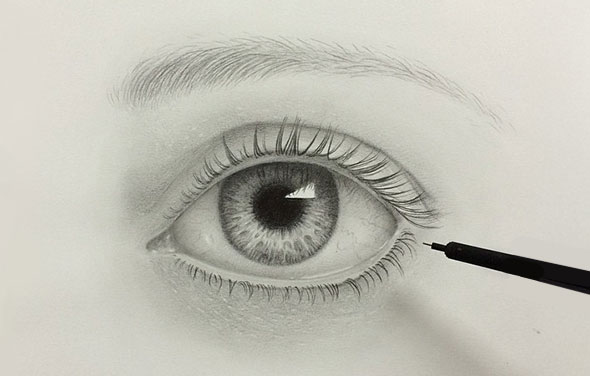
When starting a drawing, the pencil you choose can shape the outcome of your art. Depending on the pencil grade and material, different techniques will be required, affecting the overall result.
If you’re ready to master pencil drawing, award-winning artist Leonardo Pereznieto offers a course titled “Realistic Drawing and Shading”, where he explains key techniques and demonstrates them through a variety of examples! For now, let’s briefly go over the basics!

Pencils are more than just simple tools. The feel of the graphite, the richness of the tones, and how the pencil responds to your touch all vary based on its grade and quality. Leonardo Pereznieto recommends the Faber-Castell pencils! They’re known for their wide range of artist-grade graphite pencils and consistent tonal quality.

Pencil grades are typically labeled using a combination of numbers and letters. Here’s what they mean:

When starting your sketch, start light with an H or 2H pencil to block in your composition. This way, you won’t have to commit to creating any dark lines. Then use soft pencils, such as 2B to 8B, to shade and for any sort of texture. Lastly, use HB pencils for anything that needs to be clean but not overly bold. This might include detailing, outlining, or penciling in your mid-tones!
Tip: Rules are made to be broken! Experiment with the different pencils and see which combinations work with your unique drawing style.

Choosing the right pencil is just one step. Knowing how to use it is where the magic happens! That’s why Leonardo Pereznieto’s course is such a valuable resource.
With professional instruction and in-depth demonstrations, Leonardo shows you how to bring out the best in your materials, from shading techniques to fully rendered objects! If you aren’t ready to commit to a full course, the first few lessons are completely free to watch!
Ready to take your skills to another level? Join Leonardo Pereznieto in his course, “Realistic Drawing and Shading”, and unlock your full artistic potential today!
Bree is a digital artist based in California. She enjoys helping new artists grow and loves to create artwork of her own.